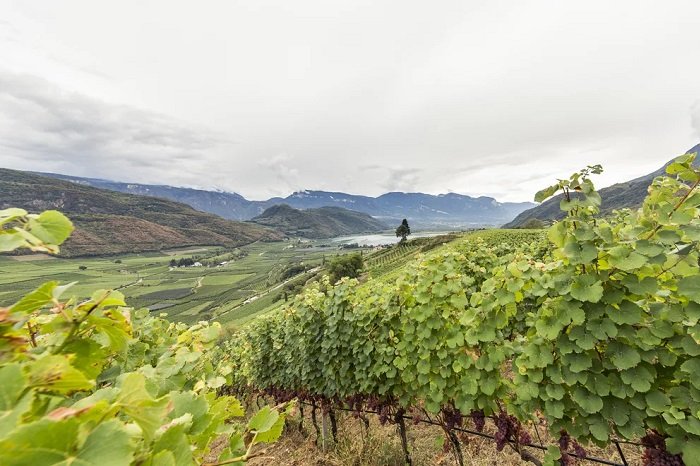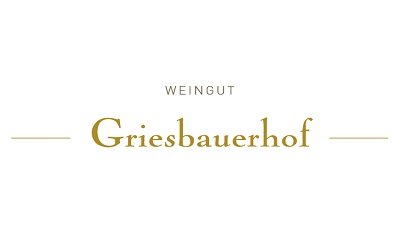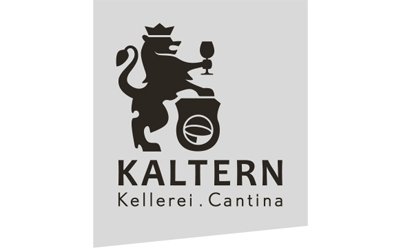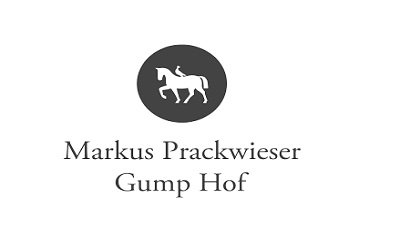Schiava or Vernatsch, a versatile wine that changes depending on where it is grown: full when it comes from Santa Maddalena, soft when it comes from Lake Kaltern, aromatic if it is grown in the hills of Merano. Stefania Vinciguerra talks about it.
Very modern wines albeit with a long history behind it. Fragrant, with notes of fresh berries, but also pomegranate and violet; graceful on the palate, with moderate tannins and good acidity. This is due to a grape variety, Schiava/Vernatsch, which until 1970 covered 68 percent of Alto Adige’s vineyard area. Its great popularity was mainly due to its resistance and great productivity: it very easily exceeds the yield of 100 quintals per hectare.
Today the percentage has dropped to 8 percent, for a total of 467 hectares cultivated with Schiava, but although steadily declining in recent years (or because of it), Schiava has unquestionably grown in quality and is experiencing a brilliant rediscovery. There are several clones of Schiava/Vernatsch, of which Schiava Grossa/Großvernatsch is the most widespread. Some clones such as Schiava Grigia/Grauvernatsch, Schiava Gentile/Kleinvernatsch or Tschaggele (grown now to a minimum extent) give interesting results with slightly lower yields.
Let’s try to understand the origin of the name Vernatsch
The Italian name may refer to an ancient system of husbandry, in use during Lombard rule, that kept the low plants tied to a brace: a system cum vineis sclavis, translatable “with slave vines.” In some countries in the German area (such as Württemberg) the Slave Gentile is known as Trollinger, which may be a corruption of tirolinger, which reinforces the hypothesis that it is a native variety of South Tyrol. After all, the South Tyroleans call it Vernatsch, which sounds so much like the Italian Vernaccia, which is nothing more than the name given to the grape “of the place,” just as the vernacular is the language of the place.
Interesting explanation reads on the Alto Adige wines website, again about the two names: “The term Vernaccia in Italian, and therefore Vernatsch in German, comes from the Latin verna, which denoted the slave born in the master’s house. From that term also developed the adjective vernacula (native variety) and in time vernaccia. Therefore, it is not excluded that the concept of slave is actually the common thread in the different designations used for this grape variety in the two languages.”. A fascinating hypothesis, though of little food and wine utility.
Its presence in the Docs.
It is not a particularly rich grape in extracts and coloring substances, but it gives pleasant and elegant wines. It is vinified almost purely in the Doc. Lake Caldaro, Alto Adige Schiava and Alto Adige Santa Maddalena (with a small addition of Lagrein). We present a sample from each appellation, inviting you to go on a discovery of a type of wine, Schiava in its different declinations, that is truly modern and very pleasant.
Kaltern Kellerei Winery for Lake Caldaro
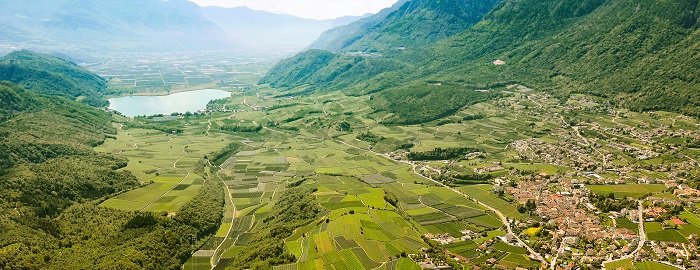
La Kaltern Winery (Kaltern Kellerei) represents one of the two large cooperatives in the area and is naturally focused on the more typical wines of the area, starting with Lake Kaltern presented in different versions, all very expressive. There are about 650 members of the winery, who scrupulously adhere to the directives of the Kellermeister, who follows their work closely throughout the year.
Griesbauerhof for the St. Magdalena

The farm Griesbauer, on the slopes of the St. Magdalena and St. Justina hills, has been run by the Mumelter family since way back in 1785. Georg Mumelter is the soul of it, but the whole family is fully involved in the management of the winery that produces the typical wines of the area and thus, above all, St. Magdalena and Lagrein. Since 2018, the young son Lukas has taken over the production, effectively combining tradition with the most modern technique. These are wines of undoubted character and confident technique.
Gump Hof for the Südtirol Vernatsch

The vineyards of Markus Prackwieser are among the steepest and most vertiginous in all of South Tyrol, but here the shy young producer from Novale di Presule, at the entrance to the Isarco Valley., he is building, step by step and with a lot of effort, a career that is taking him to the top of the region. His Pinot Blancs are always among the best, the Sauvignon is excellent, the Schiava is magnificent, and the other wines are also interesting, all marked by great elegance, distinct personality and very fair prices.



